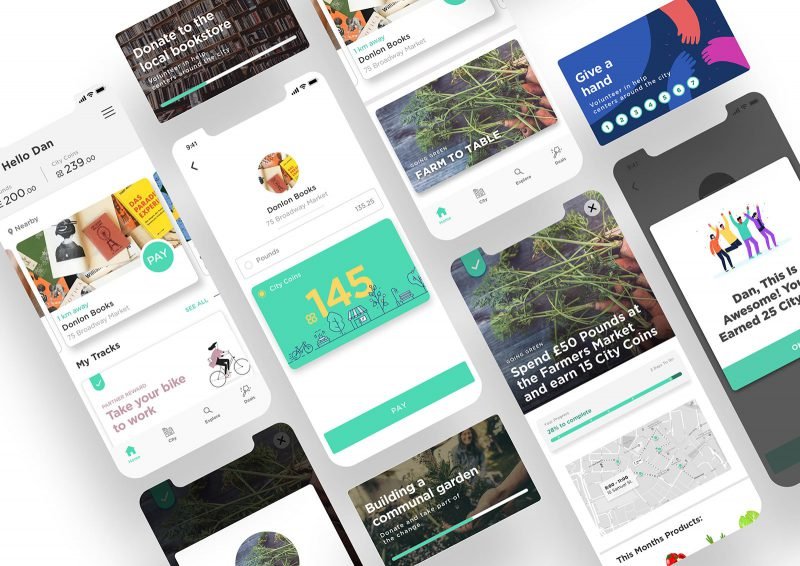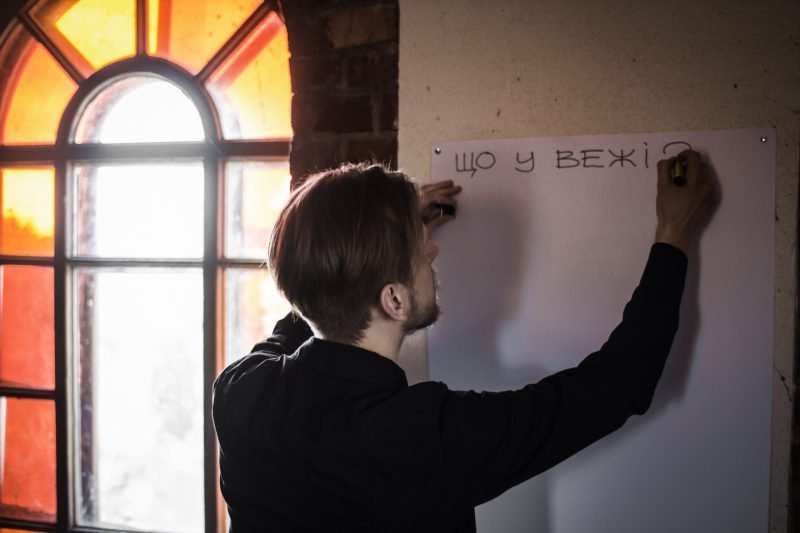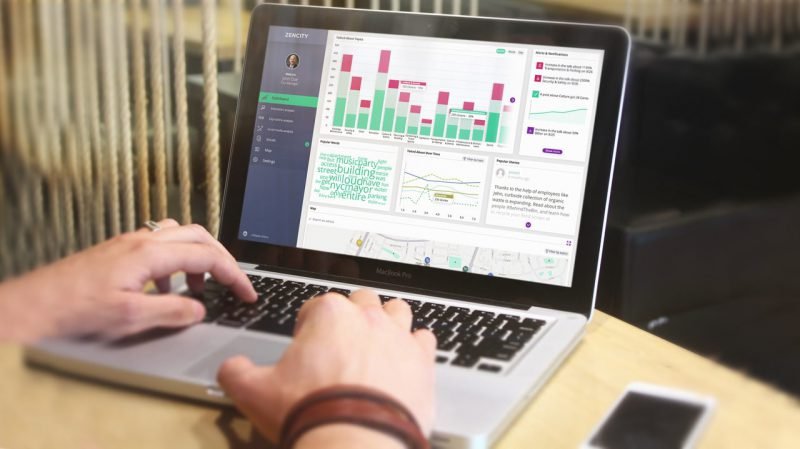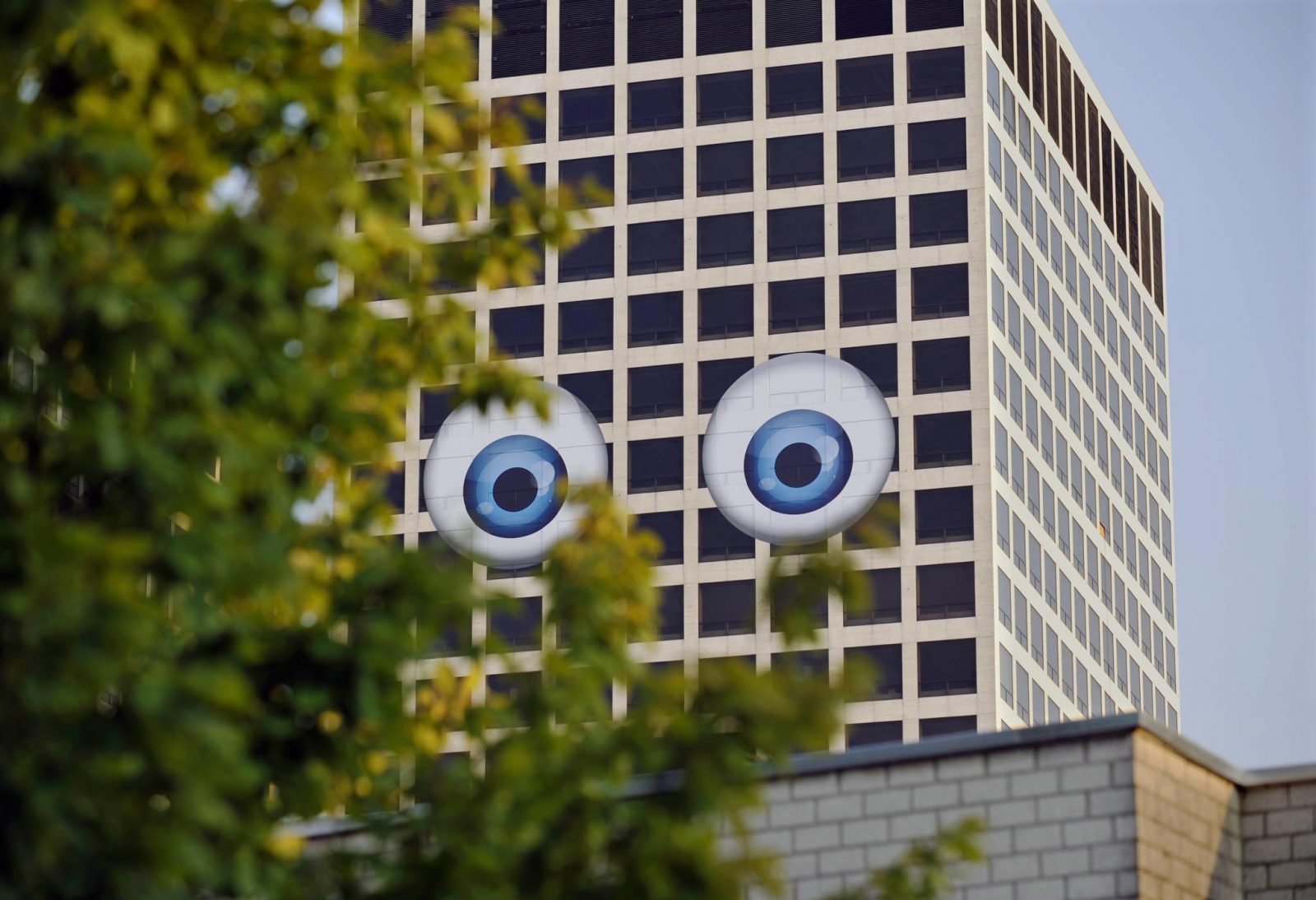SPACE10’s Mission for a Mindful Urban Future
Carla Cammilla Hjort is co-founder and Vision Director at SPACE10, a research and design lab in Copenhagen on a mission to create better and more sustainable ways of living. In this interview, Carla tells about her journey to founding SPACE10 and shares insights on tackling future challenges through mindful technology adoption.
At SPACE10, you work to enable more meaningful and sustainable urban future. What are the main aspects of it you are focused on?
“SPACE10 is a research and design lab. We explore the major societal changes – the kind that is already affecting us and is likely to deeply change the lives of most in the future. From rapid urbanisation to resource scarcity, climate change to lack of affordable housing, the world we live in is not short of challenges.
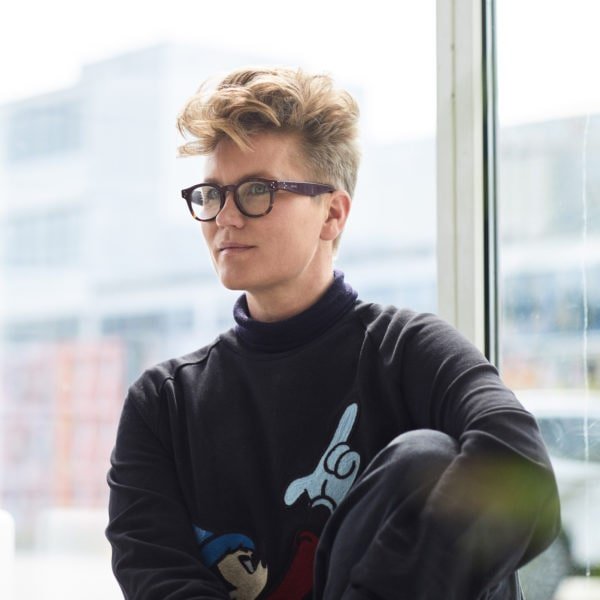
“And at the same time, we have access to unprecedented opportunities to address a lot of pressing issues. Technology, for example, is a fantastic tool to empower people in completely new ways. So we ask questions, engage experts in different fields, learn, share and invite people in. We then look for ways to make things better together. We explore possible solutions, prototype, test, and hopefully end up turning good ideas into meaningful products or services.”
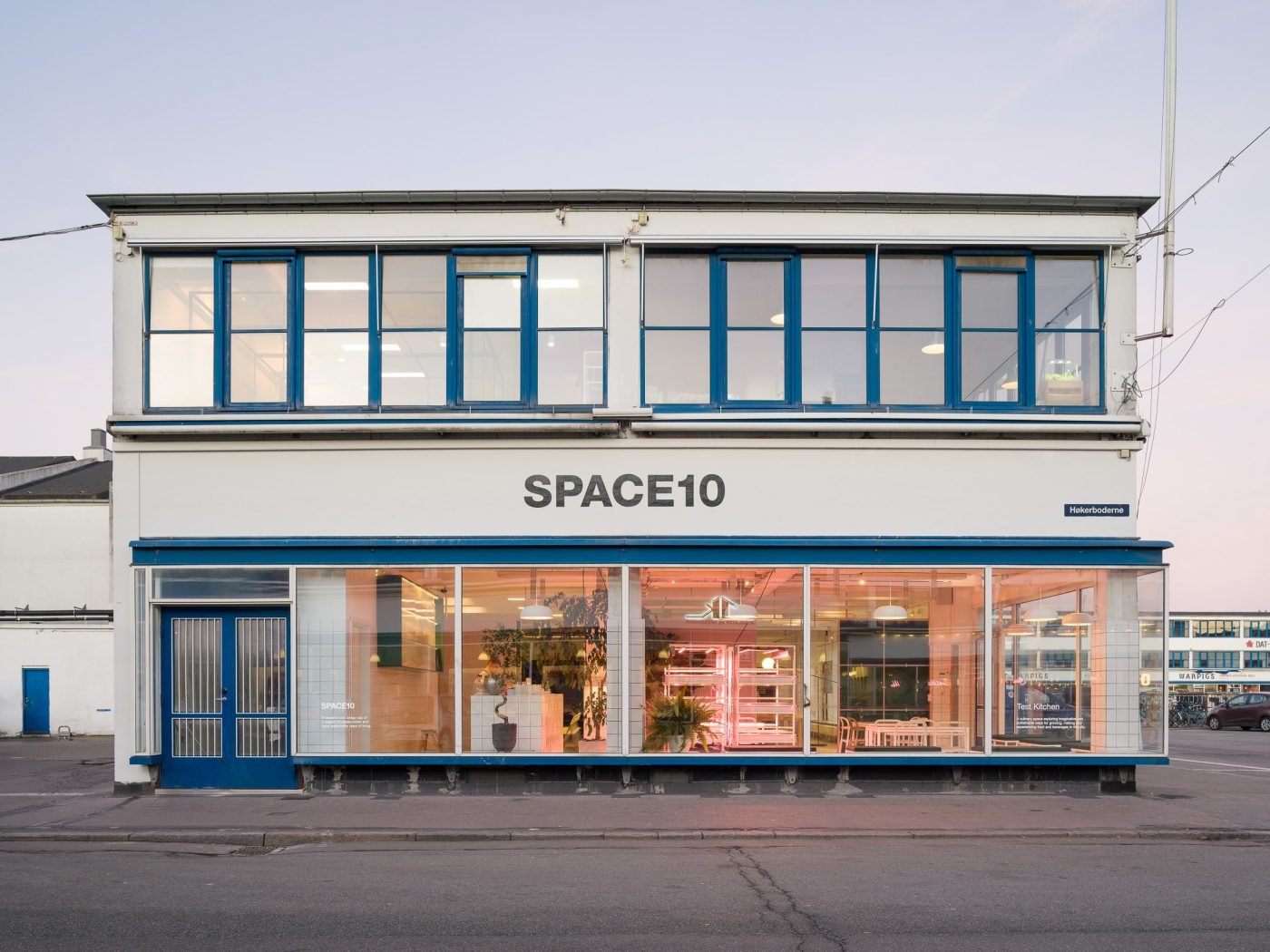
How do you explore future urban scenarios at SPACE10?
“We have SPACE10 Research, where we explore the bigger changes expected to affect people in the coming decades and where we try to identify opportunities for a better everyday life. We have SPACE10 Design, that acts upon identified opportunities to create better and more sustainable ways of living. Embracing a holistic mindset, we aim to design solutions for people and planet. And finally, we have SPACE10 Culture, which connects with people from around the world to exchange ideas, spark discussions and to empower people to drive positive change.”
“These are the three main pillars of SPACE10, but we’re a fairly small team, so our approach is to surround ourselves with people who are smarter than us, so we constantly collaborate with other companies, studios, and brilliant experts out there. We strongly believe that collaboration beats competition so we share all our research and ideas with the public – both on our website and through talks, exhibitions and events, but we also invite people from all over the world to SPACE10 to work with us.”
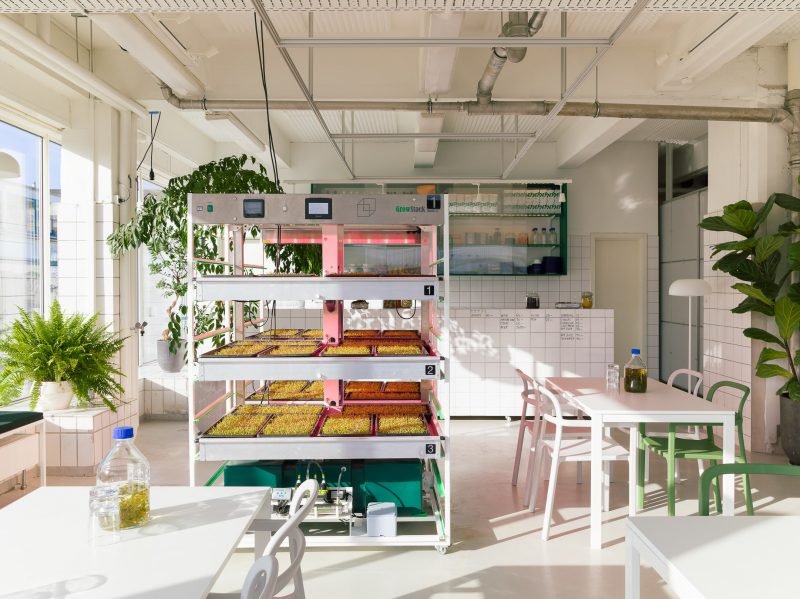
Can you give an example of a project run at SPACE10? How was it tested in real life and what was the result?
“As an example, I would take The Growroom — a spherical garden that we made with architects Sine Lindholm and Mads-Ulrik Husum. The project started as an architecture competition aimed to explore how cities can feed themselves through food-producing architecture.
“The winning proposal ended up sparking excitement and interest from around the world – people reached out and wanted to buy or exhibit The Growroom in their home countries. But we didn’t feel it was right to promote local food production and at the same time start a centralised production and distribution of The Growroom. So, we tapped into the potential of digital fabrication, went back to the drawing board and designed an open source version, so we could send the digital design files instead of the physical product and let people build it themselves locally, using local materials.
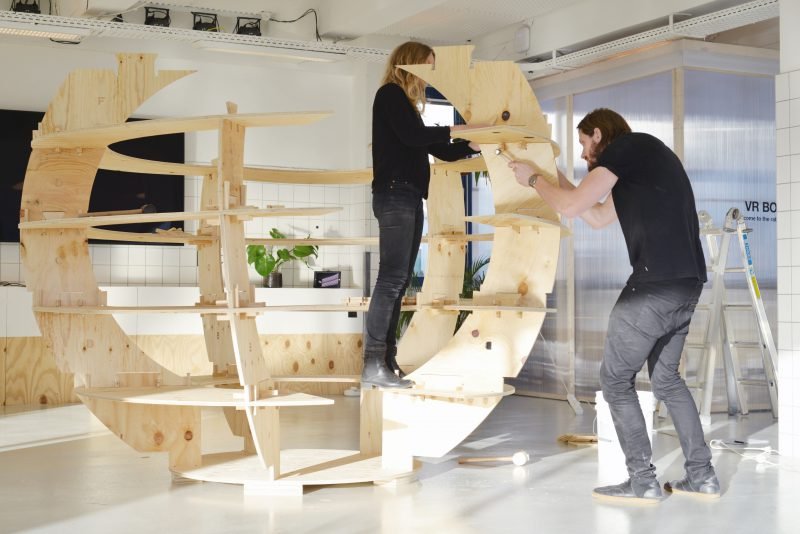
“It took quite a lot of development stages because we wanted it to be as accessible as possible for as many as possible. As a result, all you need to assemble your own Growroom is two rubber hammers, 17 sheets of plywood and a visit to your local maker space, that can be found in almost any major city in the world, to have the pieces cut. The Growroom is designed for cities – it has a small spatial footprint and can stand freely in any context in our neighbourhoods. It offers a piece of ‘pause’-architecture in our high-paced scenery and supports our everyday sense of well-being by creating a small oasis, where we can relax, socialise and re-connect with nature.
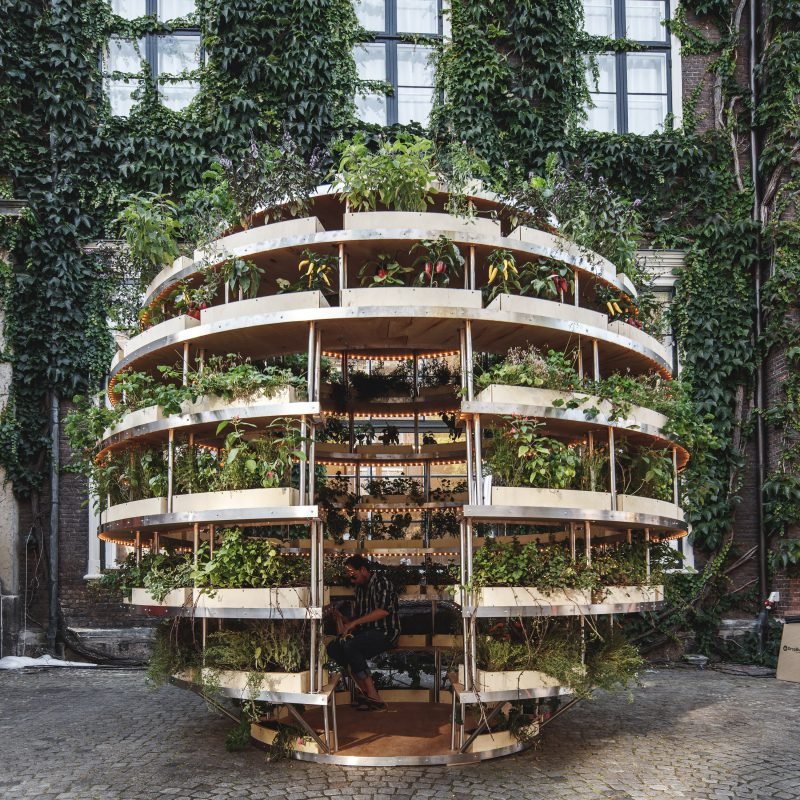
“Because the design is open source and anyone can download it for free, The Growroom was downloaded 30.000 times in the first months of the release and local versions of the Growroom have since been built as far afield as Helsinki, Moscow, Dubai, Rio de Janeiro, San Francisco, Seoul and Sydney. Ultimately, of course, we’d like to see the Growroom built in as many cities as possible and the design is still free and publicly available for anyone.”
Your professional (and personal) path is very unique. How did you start your career and then decide to focus on exploring the future of urban spaces?
“I was a DJ, music producer and event-maker when in 2006 I started a company, Art Rebels, that still exists today. We started as a fairly small in-house team, and then elevated our competence with a network of specialists from around the world, facilitating and connecting creative talent with potential collaborators. There, I specialised myself in conceptualising and trying to understand how we can use art, culture and design to create social change in different aspects.
“In one of our projects, we designed a collection for IKEA which allowed me to really connect with the company’s CEO. A year later, he contacted me again – he wanted us to help him design an IKEA that is better for the future. We decided to expand IKEA’s truly inspiring vision of creating a better everyday life for the many people and explore what the company would potentially do in the future to create solutions for more sustainable and meaningful living, from housing and energy to food. That’s how we came up with the idea of SPACE10 and moved to an urban development field.”

What new urban professions and skills you believe will be essential in the future?
“I’m sure we’ll see a lot of new interesting job titles in the future, but one thing we can be sure of is that for many years to come, creative and technology skills will be in high demand. At the same time, there’s this irony that on one hand, we’re fostering innovation, and on the other hand, our society is not actually ready to embrace it: from education to politics, we can’t adapt to these changes fast enough.
“With the accelerated development of virtual and augmented reality, IoT, AI, Robotics etc., very soon we’ll urgently need people who are well-equipped to analyse possible implications and solve newly emerging problems. Such Technology Adoption Facilitators will play an important role in helping people adjust to the world of tomorrow in a mindful and ethical way and making our cities more livable and sustainable.”
